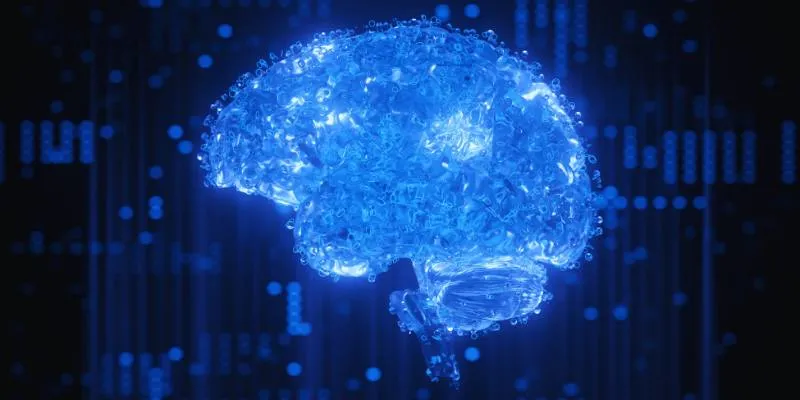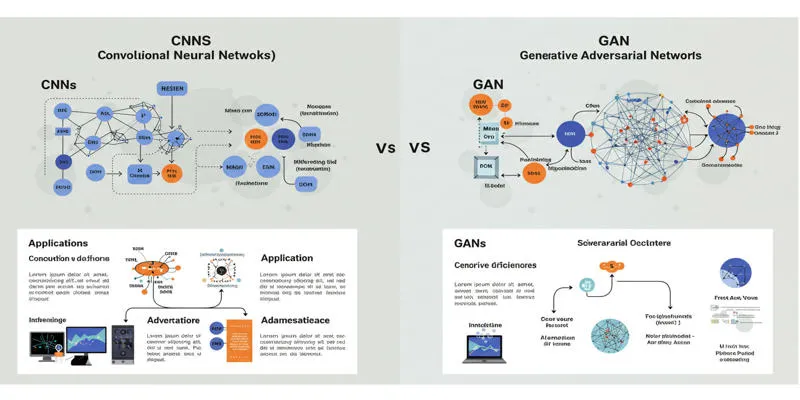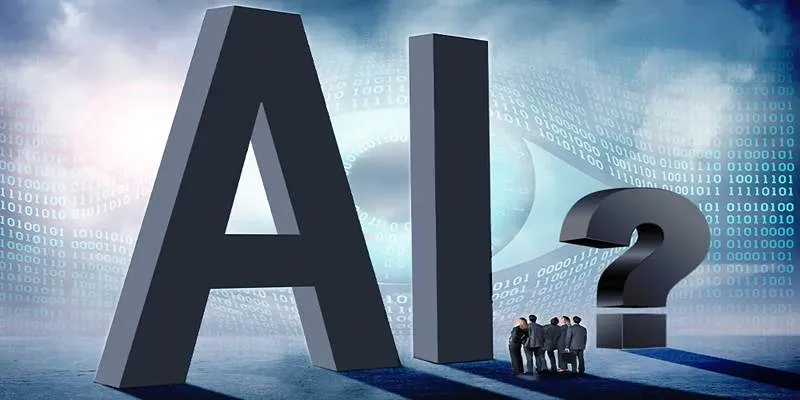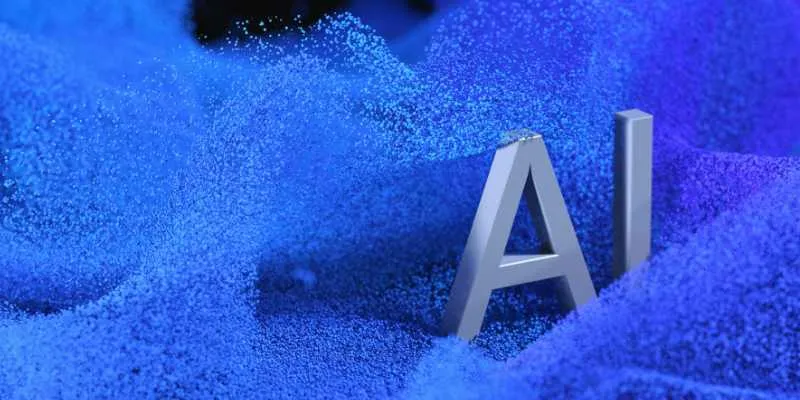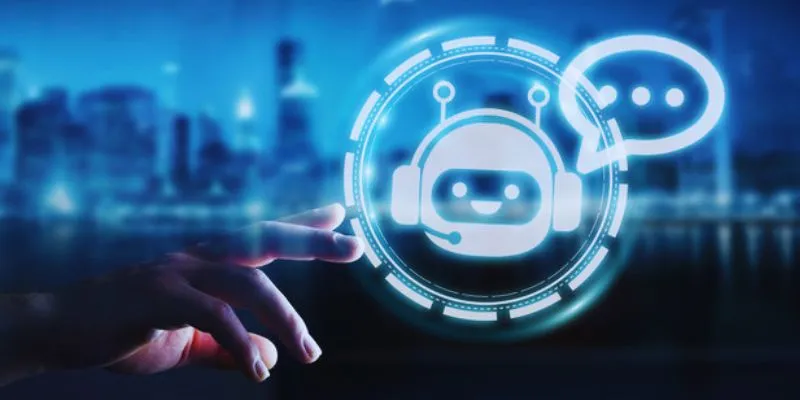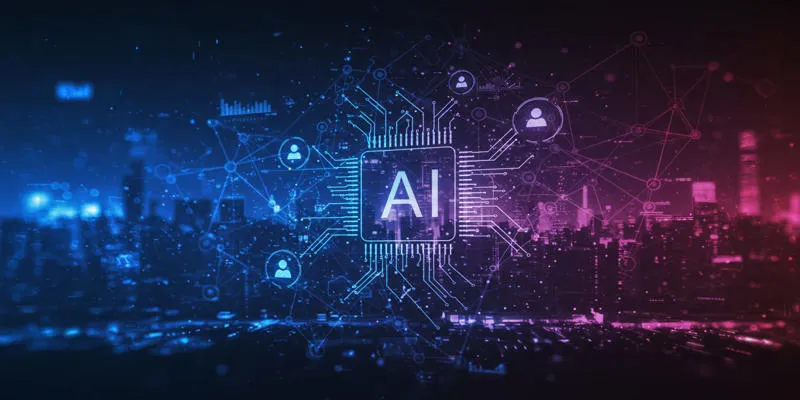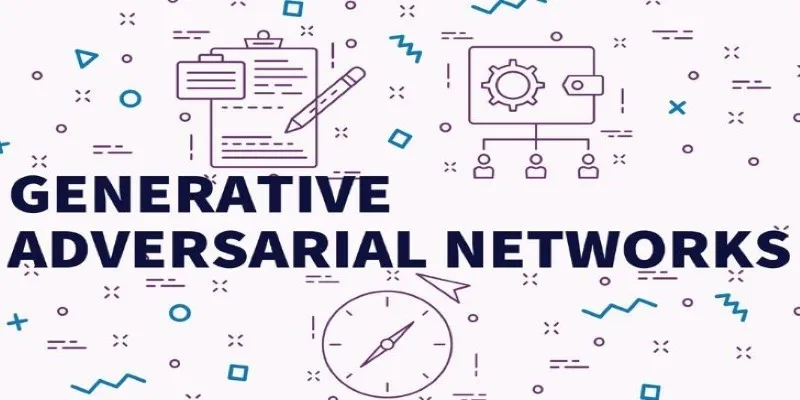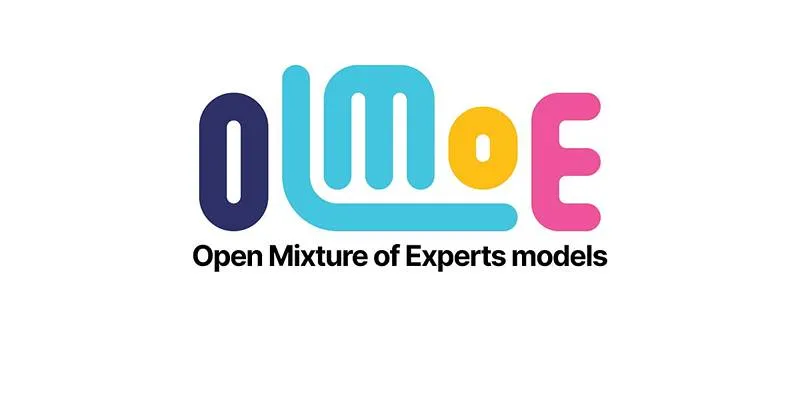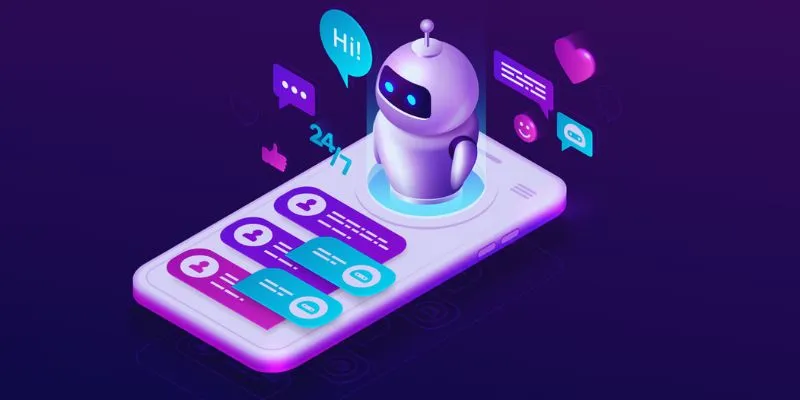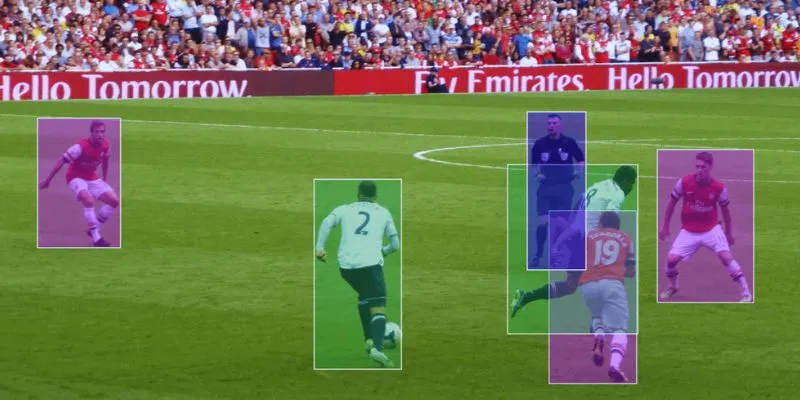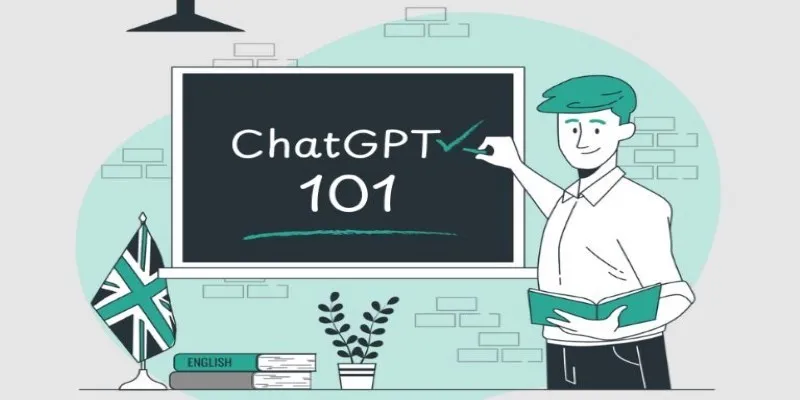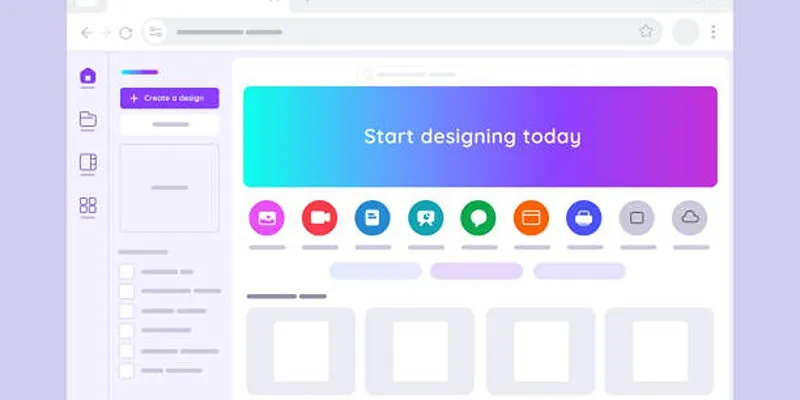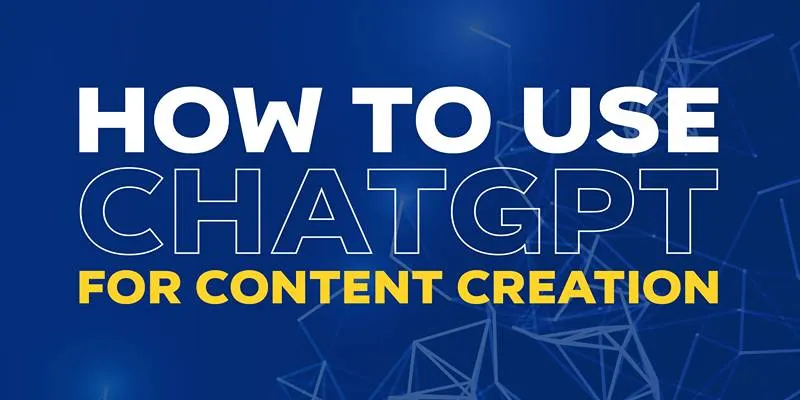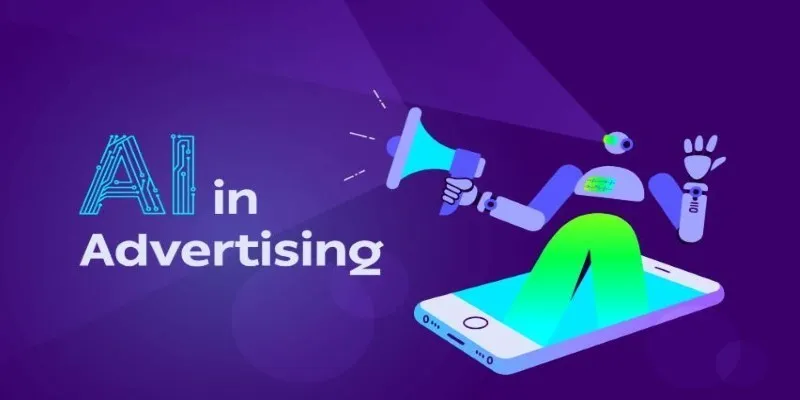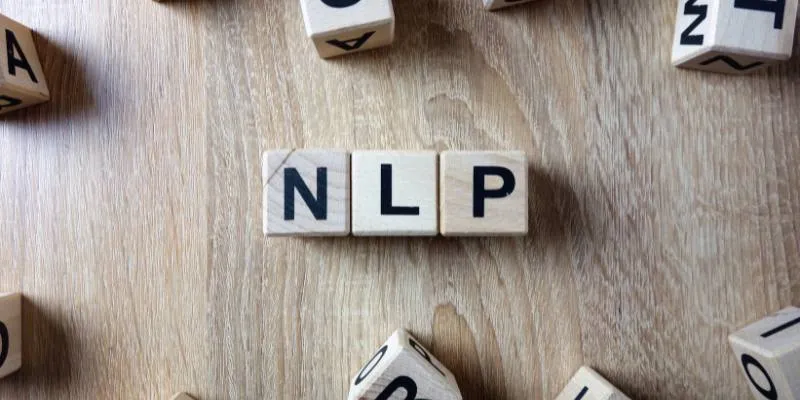Artificial Intelligence (AI) has permeated various fields, and the art world stands out as one of the most surprising sectors leveraging AI technology. Today, AI algorithms are creating artworks—such as paintings, music, and poetry—that are often indistinguishable from pieces crafted by human hands. The integration of AI into the creative process challenges classical notions of art and the very definition of an artist.
AI is no longer just a tool for automating repetitive tasks; it has evolved into a partner in the creative process. This transformation allows both artists and non-artists to explore new realms of creativity and craft pieces previously thought beyond the capability of machines. This article delves into how AI is influencing the creation of art today and the technologies driving this change.
How AI Algorithms Create Art
Understanding how AI creates art requires a look into the underlying science. Machine Learning (ML), a subset of AI, plays a crucial role here. Typically, computers learn from vast amounts of data. In the context of art, these datasets may include songs, images, or other art forms, which the AI analyzes to identify trends, styles, and compositions.
Generative Adversarial Networks (GANs) are highly regarded in the creation of art. A GAN comprises two neural networks: the discriminator and the generator. The discriminator evaluates the authenticity of the art using training data, while the generator creates new art based on this feedback. The interaction between these networks forms a feedback loop, continuously refining the art until it achieves a desired quality level.
The Process of AI-Generated Visual Art
Creating graphic art with AI involves several clear steps. Initially, a collection of images—thousands of paintings, photos, or digital artworks—is used to train the AI. Through this training, the AI learns various patterns, styles, and techniques used by artists, encompassing everything from color schemes to painting methods.
Once trained, the AI generates new art. It doesn’t merely replicate the images it was trained on but instead creates new combinations, styles, and unique pieces. For instance, AI can merge elements from different artists or styles to produce entirely original artwork.
After generating an image, the AI often refines it. The artwork undergoes a quality check, where the AI adjusts and fine-tunes details to meet creators' or users’ expectations. This refinement process can involve multiple iterations to achieve perfection.
Types of AI-Generated Art
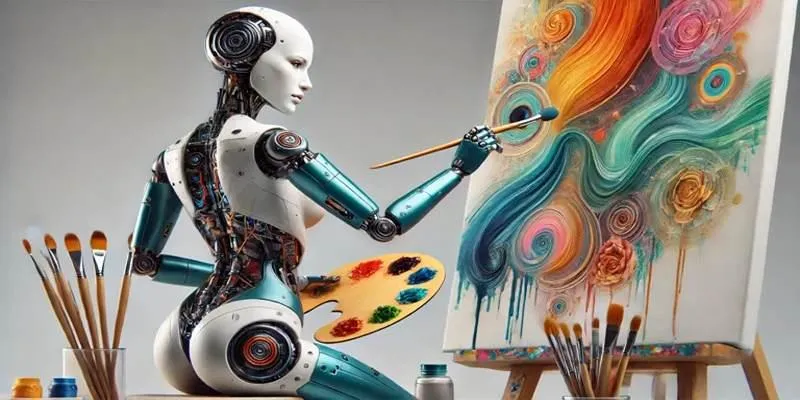
AI algorithms are not limited to producing visual art. These technologies can create various forms of art, each offering unique outputs.
Visual Art : This is perhaps the most prevalent form of AI-generated art. AI can create everything from realistic portraits to abstract art, drawing on styles from classical to modern. Artists use AI to explore new creative ideas, experiment with different aesthetics, and create art that traditional methods cannot achieve.
Music : AI is also making its mark on the music industry. Through machine learning, AI systems are trained on various genres, learning patterns in melody, rhythm, and harmony. After training, the AI can generate original music compositions across genres, from classical symphonies to modern pop, providing artists and musicians with innovative tools for music creation.
Literature : AI is impacting writing as well. Algorithms can generate poems, stories, and even articles by analyzing extensive text collections. While AI-generated writing may lack the personal touch of a human author, it serves as a valuable tool for idea generation and exploring different narrative structures.
How AI Art Challenges Traditional Concepts of Creativity
AI in art prompts essential discussions about creativity and authorship. Traditionally, art is viewed as an inherently human activity—a medium for artists to express thoughts, emotions, and perspectives. However, AI’s role in art creation necessitates a rethinking of what defines creativity.
A central debate is whether AI can genuinely be considered “creative.” While AI can produce unique works, it lacks the emotions, intentions, and experiences human artists infuse into their creations. Critics argue that without these elements, AI-generated works lack the depth and meaning of human-created art.
Impact of AI on the Art Market
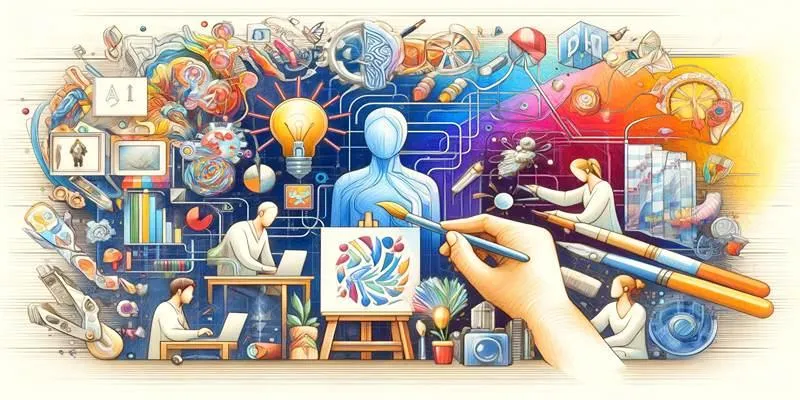
AI-generated art is beginning to influence the art market significantly. Traditionally, art has been a product of human talent, with artists achieving recognition and financial success based on creativity and skill. As AI- generated artworks gain prevalence, a question arises: Can AI-created art hold the same value as human-created works?
Some AI-generated pieces have already fetched significant sums at auctions, sparking debates in the art world about whether such art can be considered “real” and valued similarly to traditional pieces.
While some critics believe AI-generated art devalues traditional art, others see it as an exciting frontier for artistic exploration. The value of AI art may not lie in its human origin but in its ability to offer new perspectives, challenge conventions, and expand creative possibilities.
Conclusion
AI is reshaping art creation, not by replacing human artists but by enhancing creativity and providing new ways to explore ideas. From generating visual art to composing music and writing poetry, AI enables creators to push the boundaries of artistic possibilities. While AI’s use in art prompts essential questions about creativity, authorship, and value, it’s evident that AI plays a significant role in shaping the future of the art world.
 zfn9
zfn9

